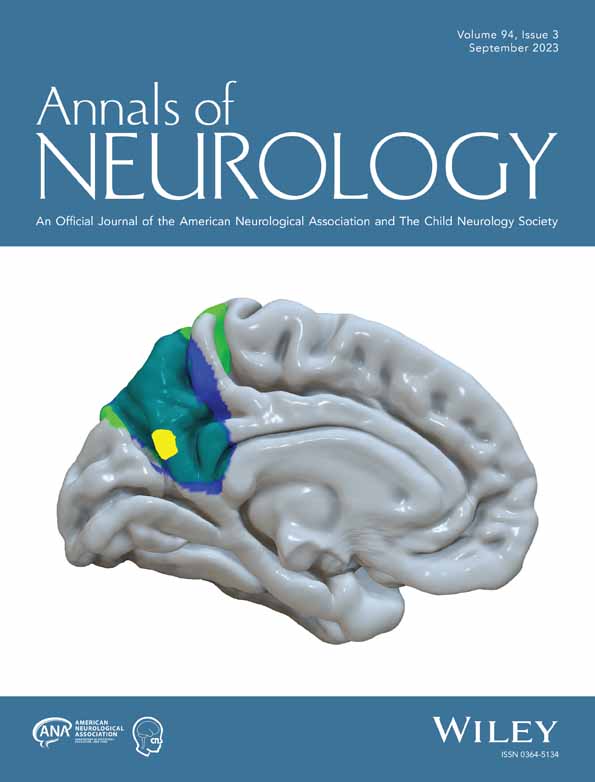Thrombectomy with or without Intravenous Thrombolytics in Basilar Artery Occlusion
Drs Benjamin Maïer, Stephanos Finitsis, Marc Olivot and Benjamin Gory contributed equally.
Abstract
Objective
Two randomized trials demonstrated the benefit of endovascular therapy (EVT) in patients suffering from a stroke due to a basilar artery occlusion (BAO). However, intravenous thrombolytic (IVT) use before EVT was low in these trials, questioning the added value of this treatment in this setting. We sought to investigate the efficacy and safety of EVT alone compared to IVT + EVT in stroke patients with a BAO.
Methods
We analyzed data from the Endovascular Treatment in Ischemic Stroke registry, a prospective, observational, multicenter study of acute ischemic stroke patients treated with EVT in 21 centers in France between 1 January 2015 and 31 December 2021. We included patients with BAO and/or intracranial vertebral artery occlusion and compared patients treated with EVT alone versus IVT + EVT after propensity score (PS) matching. Variables selected for the PS were pre-stroke mRS, dyslipidemia, diabetes, anticoagulation, admission mode, baseline NIHSS and ASPECTS, type of anesthesia, and time from symptom onset to puncture. Efficacy outcomes were good functional outcome (modified Rankin Scale [mRS] 0-3) and functional independence (mRS 0–2) at 90 days. Safety outcomes were symptomatic intracranial hemorrhages and all-cause mortality at 90 days.
Results
Among 385 patients, 243 (134 EVT alone and 109 IVT + EVT) were included after PS matching. There was no difference between EVT alone and IVT + EVT regarding good functional outcome (adjusted odd ratio [aOR] labeling = 1.27, 95% confidence interval [CI], 0.68–2.37, p = 0.45) and functional independence (aOR = 1.50, 95% CI, 0.79–2.85, p = 0.21). Symptomatic intracranial hemorrhage and all-cause mortality were also similar between the two groups (aOR = 0.42, 95% CI, 0.10–1.79, p = 0.24 and aOR = 0.56, 95% CI, 0.29–1.10, p = 0.09, respectively).
Interpretation
In this PS matching analysis, EVT alone seemed to lead to similar neurological recovery than IVT + EVT, with comparable safety profile. However, given our sample size and the observational nature of this study, further studies are needed to confirm these findings. ANN NEUROL 2023;94:596–604
Potential Conflicts of Interest
J.M.O. declares consulting activities with Abbvie, Acticor and Bioxodes; speaking fees from BMS, Boerhinger Ingelheim; SF is the author of a patent (US20200085454A1). B.M. declares a grant from the French Health Ministry and is the primary investigator of the DETERMINE trial. B.G. has received grants from the French Ministry of Health and is the primary investigator of the TITAN, DIRECT ANGIO, and IA-RESCUE trial, and consulting fees from Air Liquide, MIVI, Medtronic, Microvention, and Penumbra. M.M. declares consulting fees from Boerhinger Ingelheim, Air Liquide, Acticor Biotech, and Amgen. S.R. declares contracts from Boerhinger Ingelheim France, Bristol-Myers Squibb, Pfizer SAS.
Open Research
Data Availability Statement
The data that support the findings of this study are available from the corresponding author, upon reasonable request.




